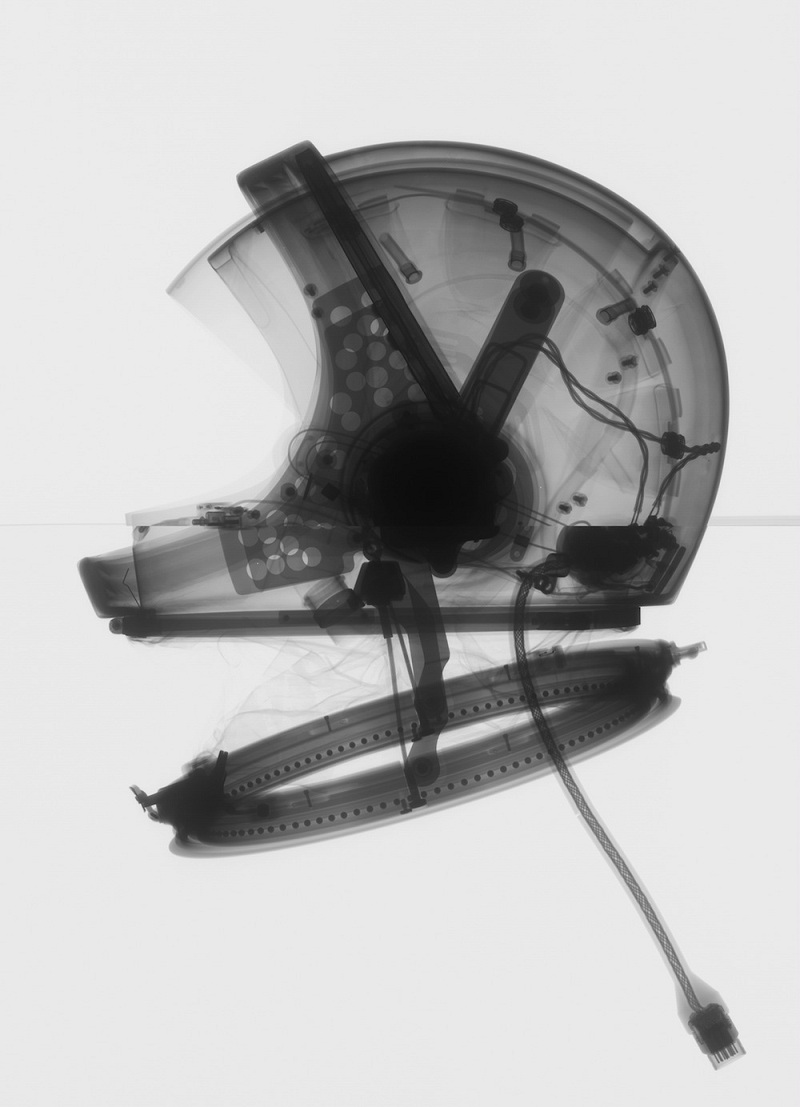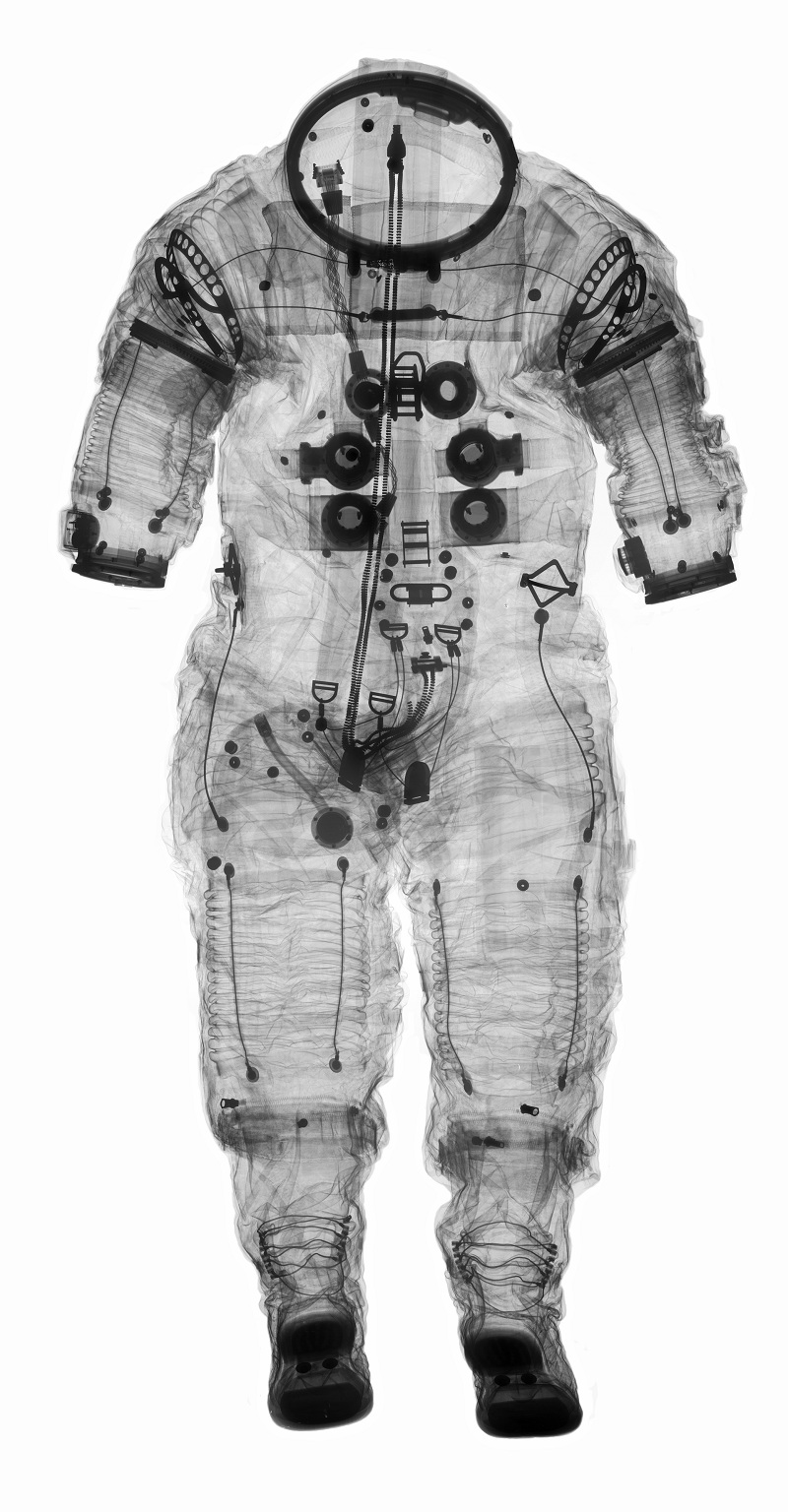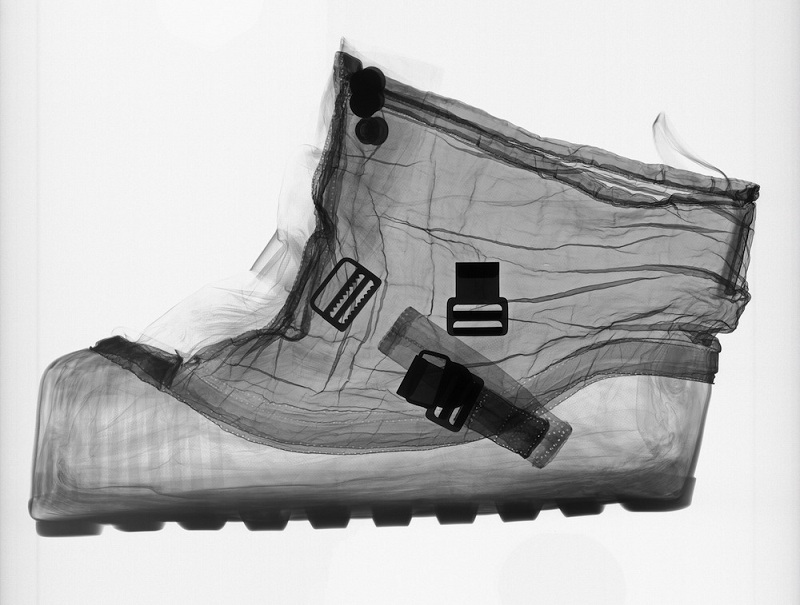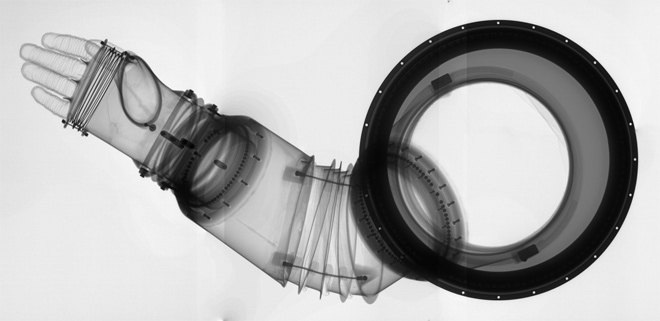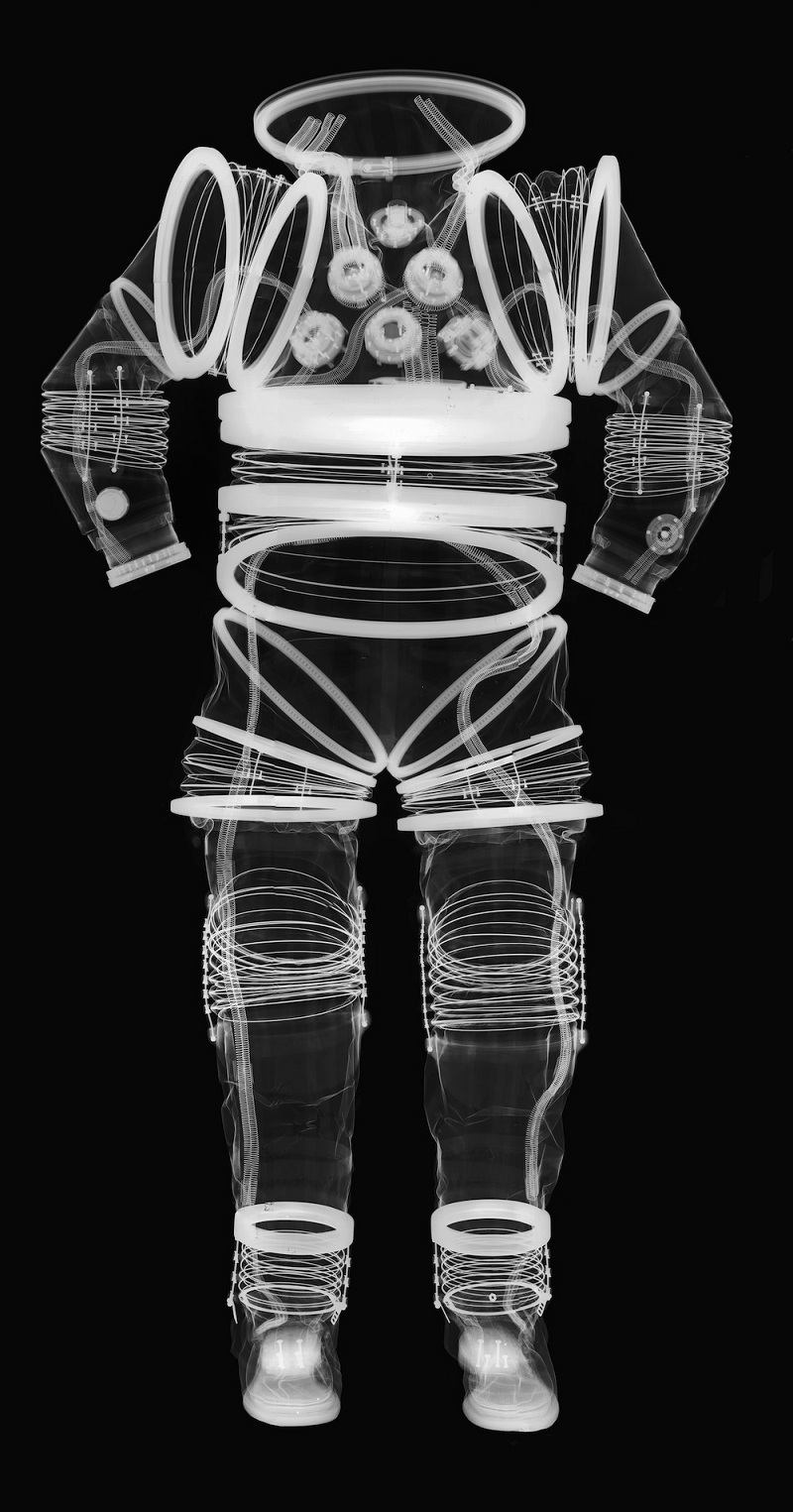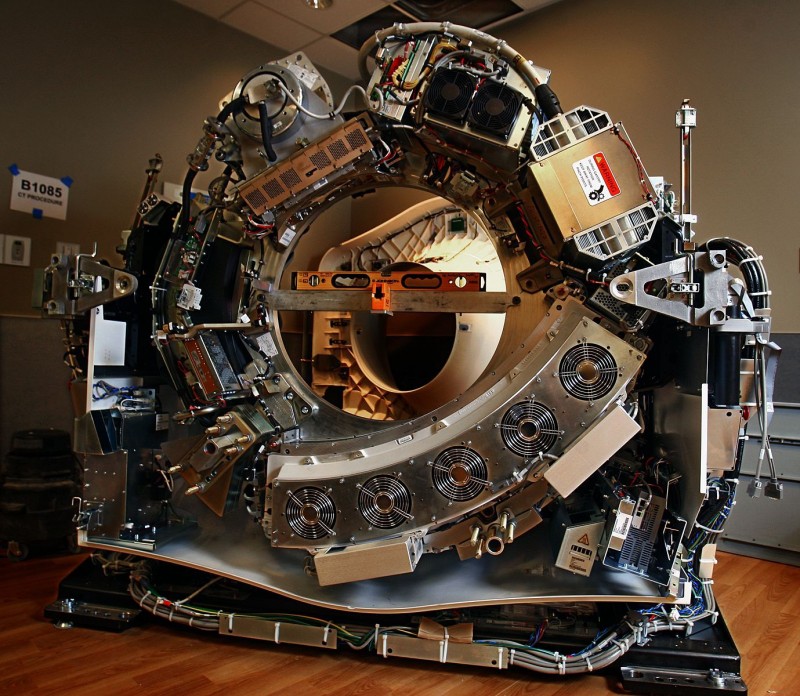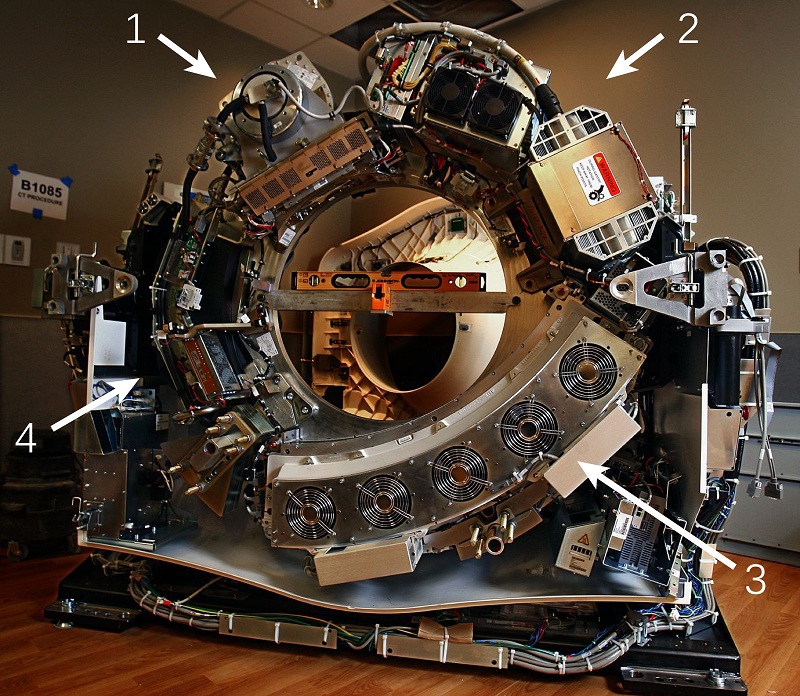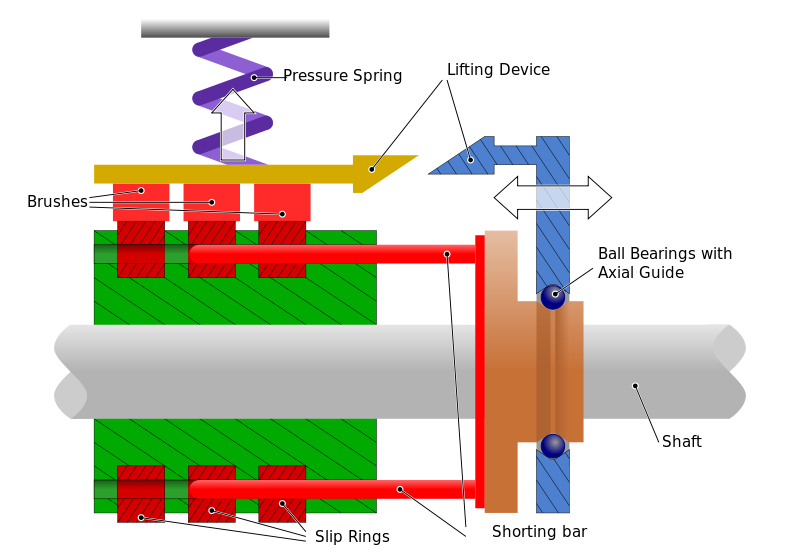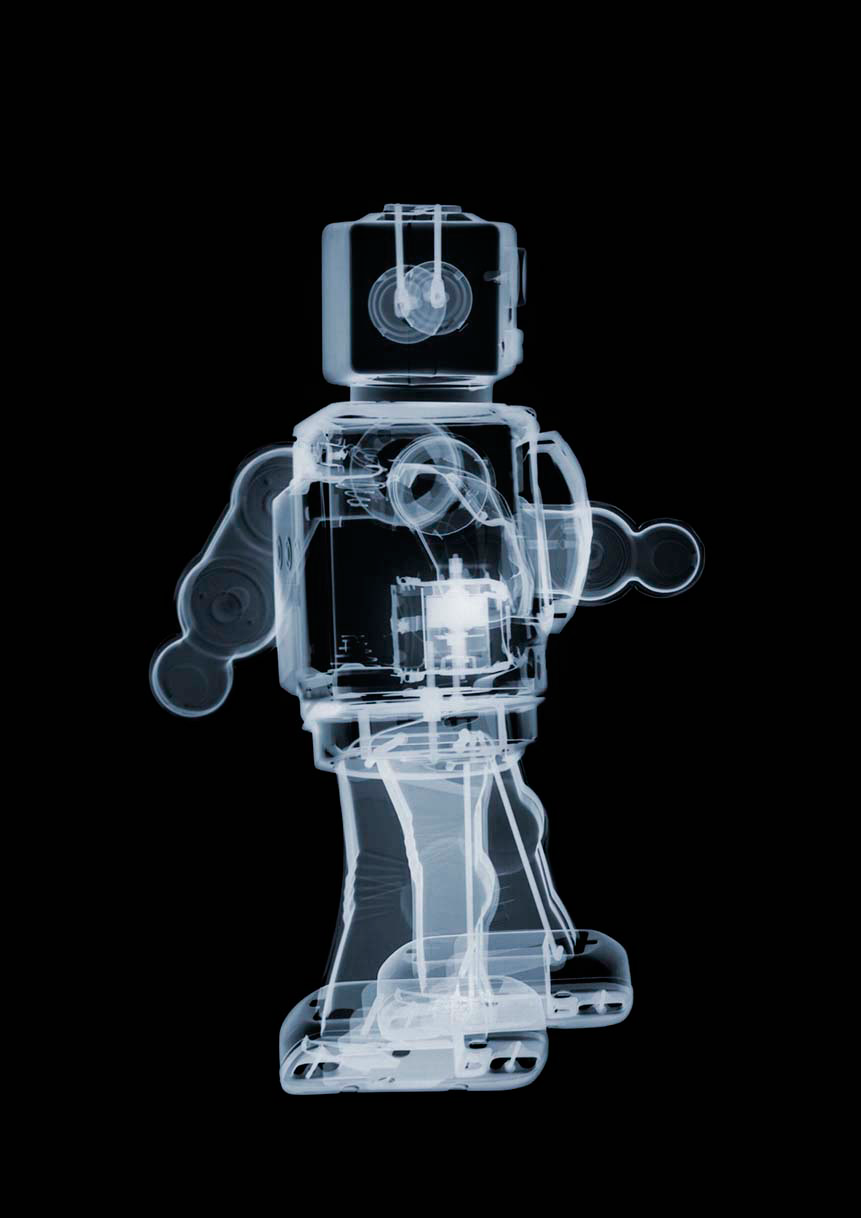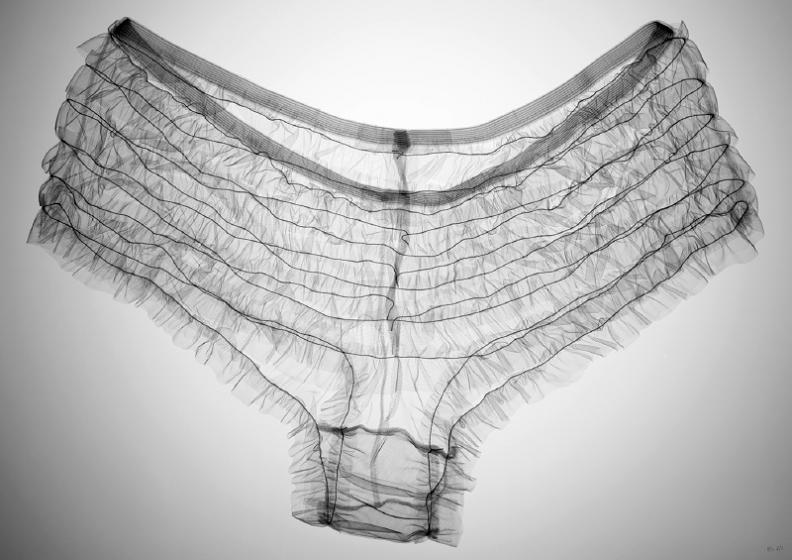The Smithsonian Museum in Washington, D.C. worked on a project last year to catalog various components of space gear using an X-Ray machine, and the results are pretty fascinating. It can be quite challenging to visualize all of the design and ingenuity that exists inside a contemporary space suit, but we’ve seen in the past how X-Ray technology can provide a fresh perspective on everyday objects.
Via Wired:
“We were trying to find ways to image the suits to find out what’s going on,” Lewis explains. “But short of taking them apart we really couldn’t tell what was going on inside.
buy amoxicillin generic buywithoutprescriptiononlinerx.com over the counter
” Of course, deconstructing an intricately made suit puts major stress on the material, so they looked to X-ray technology to do the task.
Unfortunately for us, the full exhibit ended last December, but these digital images will live on in the Internet.
buy amitriptyline generic buywithoutprescriptiononlinerx.com over the counter
-RSB

